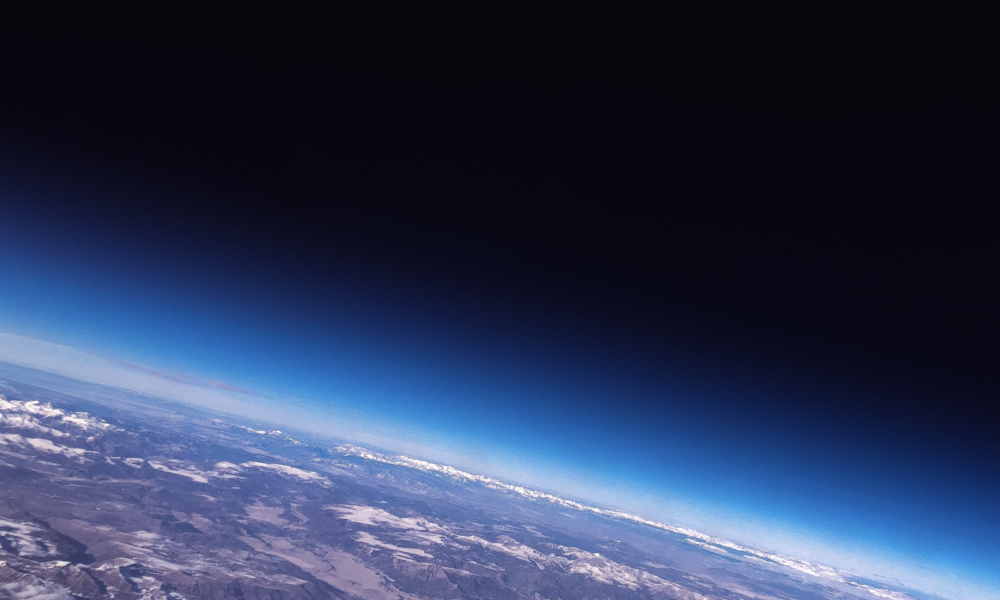
ESA Open Invitation To Tender AO8762
Open Date: 23/01/2017
Closing Date: 06/03/2017 13:00:00
Status: ISSUED
Reference Nr.: 16.197.13
Prog. Ref.: General Studies
Budget Ref.: E/0600-00 – General Studies
Special Prov.: BE+DK+FR+DE+IT+NL+ES+SE+CH+GB+HU+IE+AT+NO+FI+PT+GR+LU+CZ+RO+PL+CA+EE
Tender Type: C
Price Range: 100-200 KEURO
Products: Ground Segment / Mission Operations / Other
Techology Domains: Others
Establishment: ESAHQ
Directorate: Directorate of Technical & Quality Manag
Department: System, Software & Technology Department
Division: Future Prep. & Strategic Studies Off.
Contract Officer: O’Sullivan, Margaret
Industrial Policy Measure: N/A – Not apply
Last Update Date: 23/01/2017
Update Reason: Tender issue
The objective of the proposed study is to assess where and how Augmented Reality (AR) technology can enhance the performance of Astronauts and Spacecraft Operators during the training and the actual execution phase of operational procedures.The activity aims atremoving the root cause of some of human mistakes, which lie in the discrepancy between the abstract 2D and textual description of operational procedures and their mental transformation to a often substantially diviating 3D reality.The idea is similar to the overlay projection of essential information in aircraft cockpits, which are finding their way into the high end car models, where navigation instructions and speed information are reflected directly in the field of view of the driver on the wind shield. So instead of using an abstracted view in a separate device for navigation, an arrow tells the driver in his “real world” view to turn into an street. This is different than Virtual Reality as the name suggests it works on the concept of enhancing our perception of the reality with essential information. AR glasses are typical devices used in other verticals for this purpose.By replacing the abstracted view of the operational procedure through projecting the relevant instructions with an alternative representation into the actual reality, the probability of human mistakes can reduce dramatically. To stay with the previous example, instead of following a procedure that has a picture of the street, taken on a summer day, and written instructions “to turn on the third street on the left after the cherry tree” while driving after heavy snow in a winter day, the chances of a human mistake are reduced if the driver is shown anarrow to turn into the street in his field of view.ESA has investigated since 2006 use of Augmented Reality devices for ISS use cases. However the focus has been on tele-operation scenarios, where AR is used to let engineers on the ground see what the Astronautsees and instruct him to do maintenance work. Less focus has been put on use of AR to enhance the way operational procedure instructions are represented to the Astronaut during training and operations, which is the focus of this proposed activity.An special focus of the activity is on implementing a proof of concept also taking into account the future Cis-Lunar and Moon habitat scenarios.In the context of this study, it is proposed to: – Analyse the use cases where adoption of Augmented Reality Techniques can significantly enhance the simulation, training and the final execution of the operations; – Define a set of criteria for assessment and selection of related technology and devices; – Perform a market analysis based on the defined and agreed criteria, contact the vendors and involve them in the demonstration of proof of concept initiatives for the selected use cases; -Devise a high-level implementation and deployment architecture for a sub set of the selected use cases; – Validate the devised architecture, using a proof of concept scenario and deliver a final presentation.
If you wish to access the documents related to the Invitation to Tender, you have to log in to the ESA Portal.
